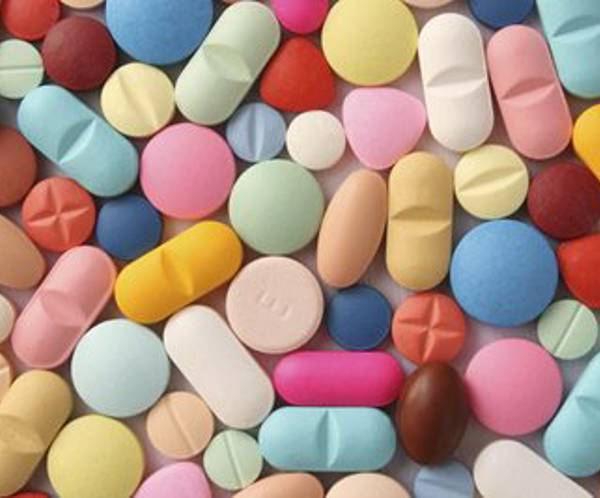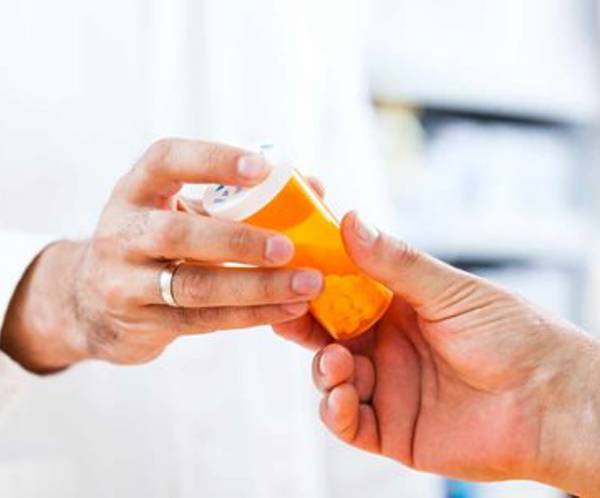Overview
Illicit use of drugs causes death and disability and is a risk factor for many diseases. It is also associated with risks to users' family and friends and to the community. Illicit use of drugs includes use of illegal drugs, misuse or non-medical use of pharmaceutical drugs, or inappropriate use of other substances (such as inhalants).
Need help now? Lifeline 24/7 crisis support and suicide prevention services 13 11 14 or text 0477 13 11 14.
Harms from illicit drugs affect all Australian communities, families, and individuals, either directly or indirectly. These harms are numerous and include:
- health impacts such as burden of disease, overdose, hospitalisation and death
- social impacts such as violence, crime, and trauma
- economic impacts such as the cost of health care and law enforcement.
Some population groups are at greater risk of experiencing disproportionate harms associated with illicit drug use, including young people, people with mental health conditions, and people identifying as gay, lesbian, bisexual, transgender or intersex [1].
The National Drug Strategy 2017 –2026 is framework to build safe healthy and resilient Australian communities through preventing and minimising alcohol, tobacco and other drug-related health, social, cultural and economic harms among individuals, families and communities.
The framework takes a balanced approach across the three pillars of harm minimisation:
- Demand Reduction
- Supply Reduction
- Harm Reduction.
The Commonwealth Government established the National Ice Taskforce to provide advice to Government on the impacts of ice in Australia and the actions needed to address this growing problem. The National Ice Action Strategy 2015 was developed in response to the findings of the Taskforce and aims to:
- prevent people from using ice (methamphetamine) and other drugs
- help those who are using these drugs to stop
- reduce the harms that these drugs are causing to people and communities.
This strategy includes actions to help governments, service providers and communities to work together to achieve these aims. Actions include:
- giving people the support and tools they need
- focusing on high-risk groups
- improving treatment services
- targeting efforts to disrupt the supply of ice [3].
The National Preventative Health Strategy 2021–2030 includes a range of aims to reduce alcohol and other drug harm. A key target in this strategy is to decrease the prevalence of recent illicit drug use (≥14 years) by 2030 [2].
References
- Department of Health and Aged Care (2017) National Drug Strategy 2017–2026, Department of Health and Aged Care website, accessed 13 October 2019.
- Department of Health and Aged Care (2021) National Preventive Health Strategy (2021–2030), Department of Health and Aged Care website, accessed 31 August 2022.
- Department of Health and Aged Care (2015) National Ice Action Strategy 2015, Department of Health and Aged Care website, accessed 31 August 2022.
Featured reports
-
Alcohol, tobacco & other drugs in Australia
Web report |
-
National Drug Strategy Household Survey 2022–2023
Web report |
Latest findings
Tobacco smoking is the leading cause of preventable health burden in Australia
Over the past 50 years, levels of apparent consumption of different alcoholic beverages changed substantially
Cannabis is the most widely used illicit drug in Australia
Daily tobacco smoking rate dropped from 11.0% to 8.3% between 2019 and 2022–2023
Use of electronic cigarettes and vapes nearly tripled between 2019 (2.5%) and 2022–2023 (7.0%)
Around 1 in 3 people (31%) in Australia drank alcohol in ways that put their health at risk in 2022–2023
More reports and statistics on illicit use of drugs can be found under Alcohol, Alcohol & other drug treatment services and Smoking and e-cigarettes.






